As far as auctions go, the Driven by Disruption sale from RM Sotheby’s is shaping up to be rather special. After several months of quite extraordinary consignment announcements, the final list of 31 cars is now revealed, in all its disruptive glory.
From the pioneering cars presented as a fully-fledged art exhibition, down to the specially designed hardcover catalogue (which itself delayed production by several weeks), the sale is aimed at “showcasing the extremes of motoring history and the moulds that were broken by designers pushing the automotive envelope”. Staged in the stunning gallery space on the 10th floor of the Sotheby’s headquarters in New York, it promises to be one of the finest automotive auctions of the year. This is what the Vice President of RM Sotheby’s Alain Squindo has to say...
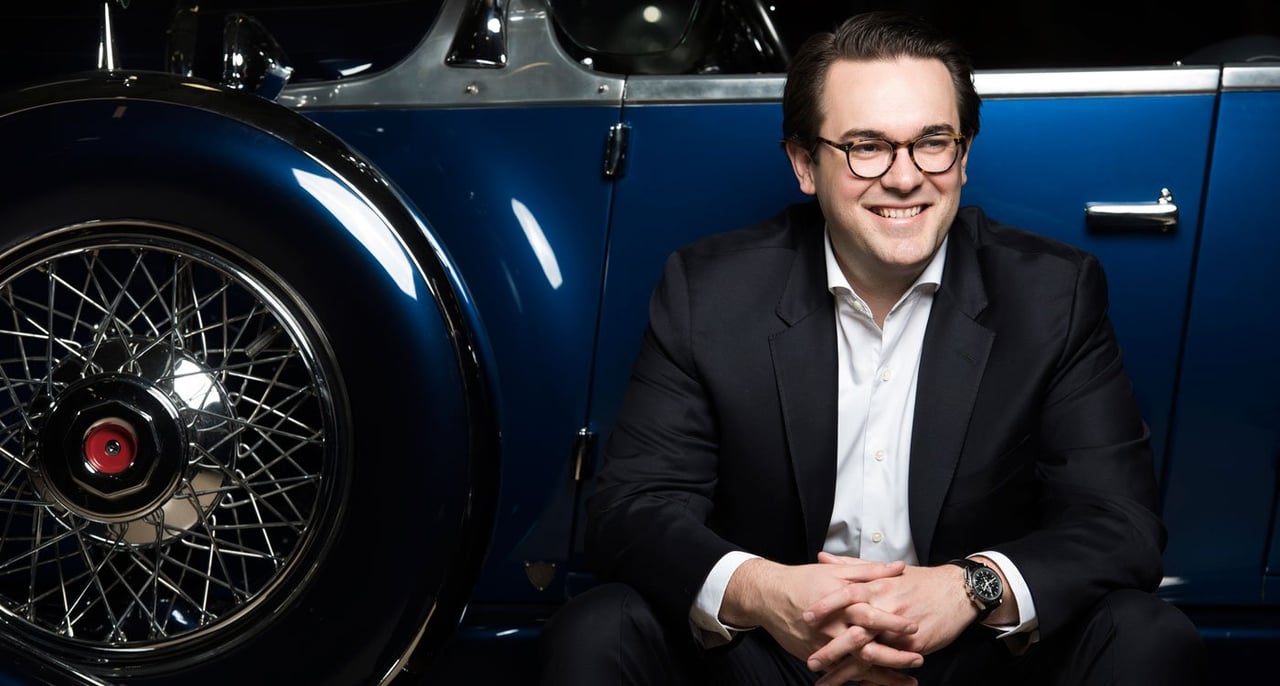
Could you explain the general premise behind the Driven by Disruption sale?
The idea was to keep things fresh and find unusual and exciting cars for the auction. It’s always fun for clients, and for us, to have something thematic to work from, and to unite the exhibition. We’ve got beautiful gallery space on the 10th floor at Sotheby’s in which to showcase these cars, and we really wanted to have fun with this next exhibition and do something out of the box. Because of this, we looked for cars that were similarly out of the box, and that really broke the mould for their time.
That disruptiveness extends from the consignment of the cars to their presentation in the saleroom. We only have 31 cars, and we chose examples that, in their own ways, can be considered disruptive, whether for their genre, design, engineering, or whatever. Sure, we have high value cars, but it’s about more than that.
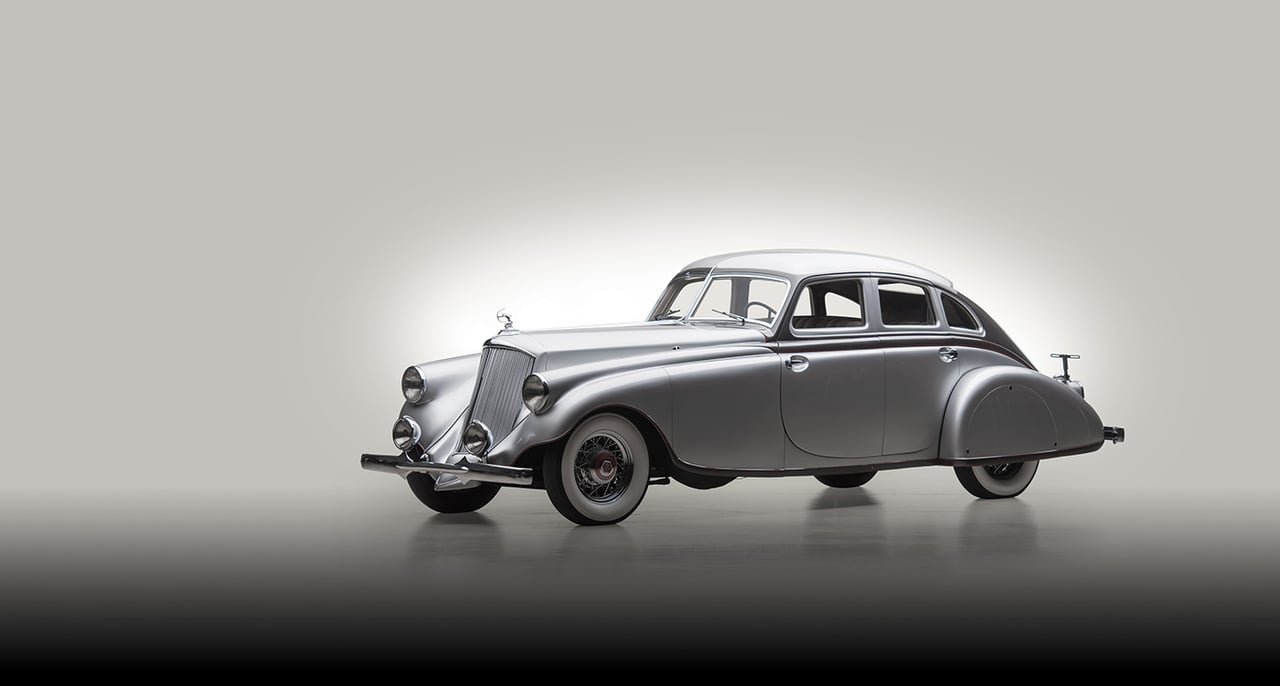
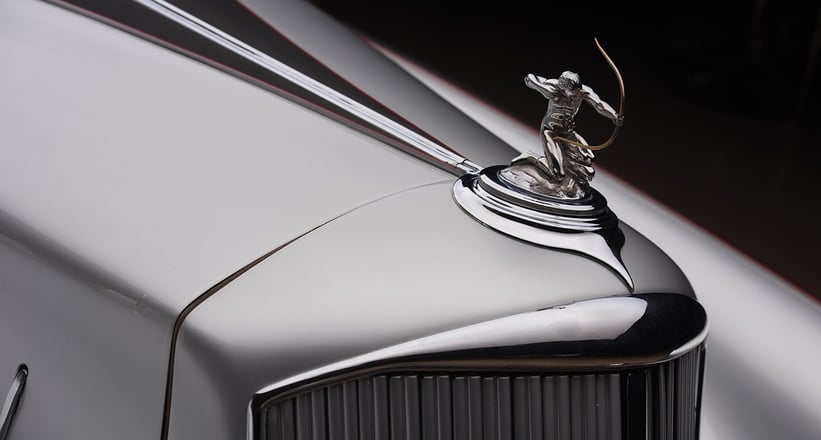
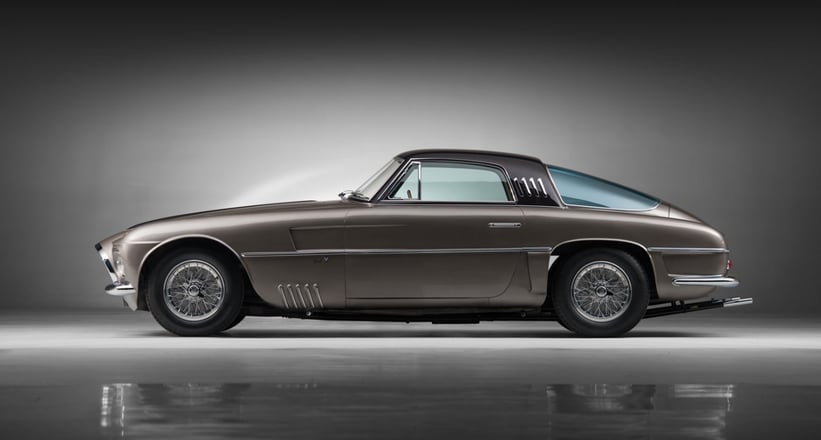
What is it that distinguishes this sale from others?
I think that the disruption is not only alluring, but it’s also attractive to buyers who want to see this exhibition. Like the catalogue, the sale breaks the mould of what has customarily become a pretty staid presentation of collectables, but it also carries intrinsic potential value. These cars that in their time were so revolutionary, and even off-putting, have had the chance to increase in desirability over the years. Consider, for example, the 1933 Pierce-Arrow Silver Arrow – that car is absolutely mind-boggling. For its time, the way it was designed made it a very special car to begin with. Retrospectively, we realise that it’s turned into a very expensive, six-figure vehicle. For the consigner this sale is fun because it’s different, and for the visitor, they’re going to see something exciting.
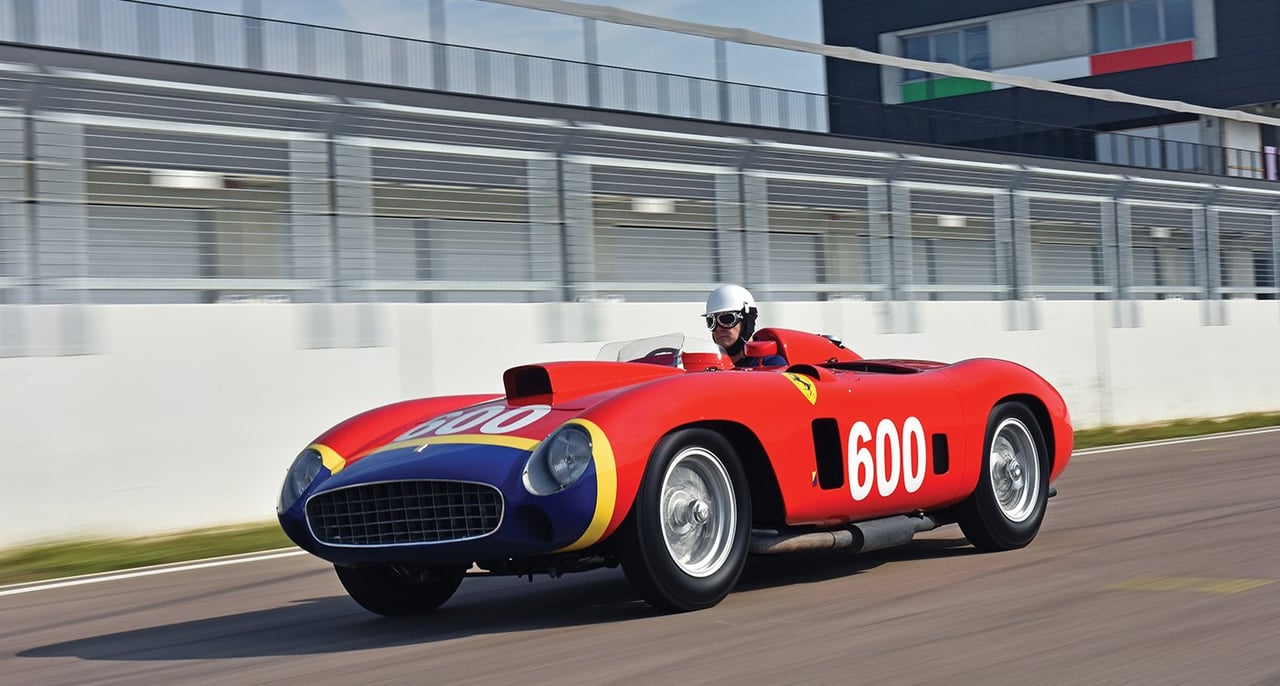
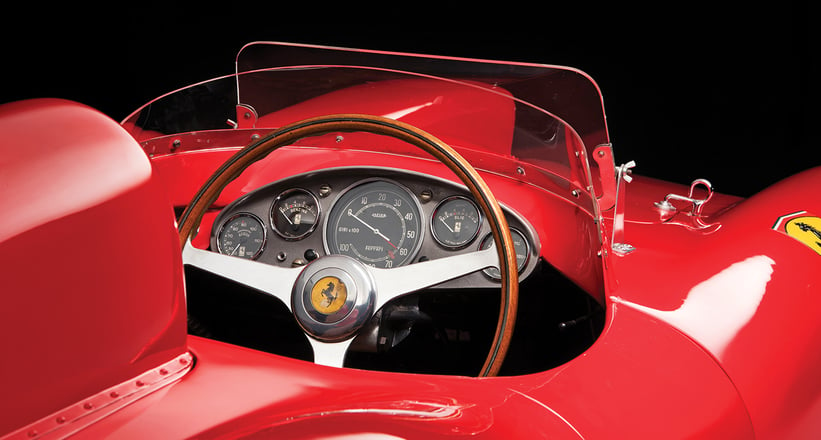
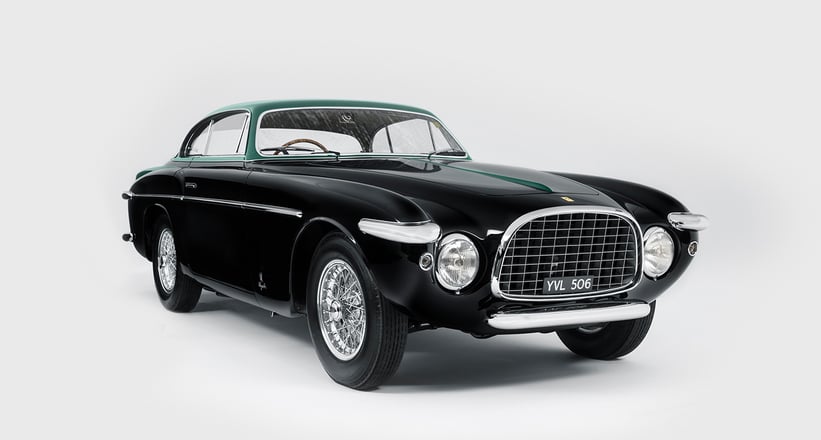
Which era saw the most progress in automotive design?
I would argue that the greatest headway was made in the 1950s. I know that generally for car people their answer might be the classic era in the 1930s, but the reason I speak of the 1950s is because there was a lot happening in the world. It was the post-War era that, generally speaking, was thriving internationally for cars; coachbuilding was still in full effect for some very significant marques, such as Ferrari, and we were really starting to hit some high horsepower levels. There were 24-hour races with a lot of the great drivers starring, and the concours circuit in France was still active and influential. I think the 1950s were the perfect melting pot of different people’s creativity, and resulted in some pretty wild creations.


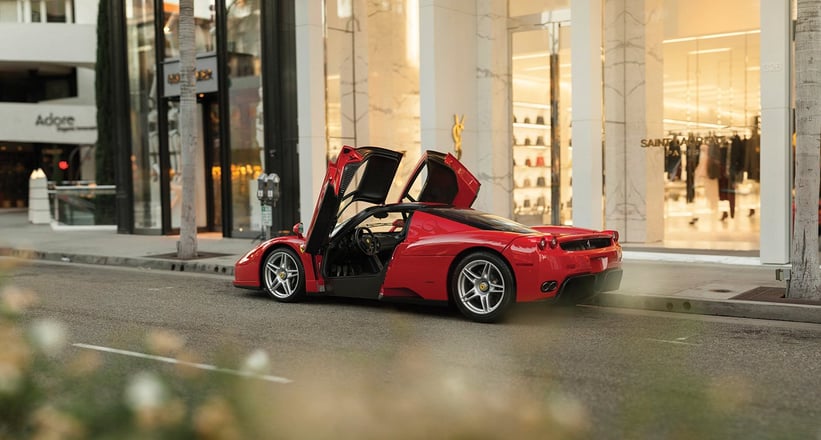
So if the classic era in France was a starter, Europe in the 1950s was the main course?
I think the really unusual creations emerged in the 1930s. In France, there were some very left-field coachbuilders on the concours circuit, producing some wild one-off creations, and even the American coachbuilders had some remarkable products. But heading into the post-War period and the 1950s, this really kick-started what would happen for the rest of the century. Take Ferrari, for example, which created one-off coachbuilt cars in the 1950s, and then turned to supercars in the 1960s and 70s. And what are we left with today? We’ve got the special series Enzos and LaFerraris – earth-shattering stuff whose genesis lies in those early days of the manufacturer.
You had the right visionaries who were leading the charge. You had the right leadership to think outside the box and break the mould in every category, be it performance, design, luxury... Whatever it might be, it takes a visionary to say let’s do it differently this time.
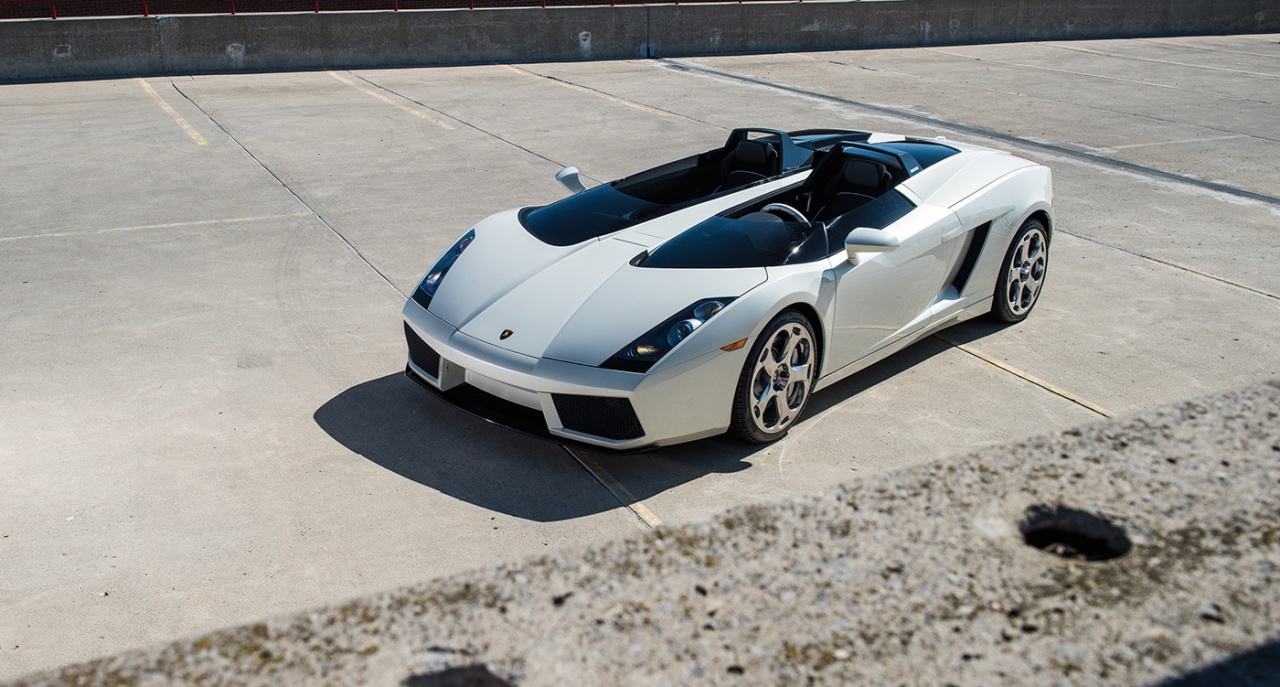
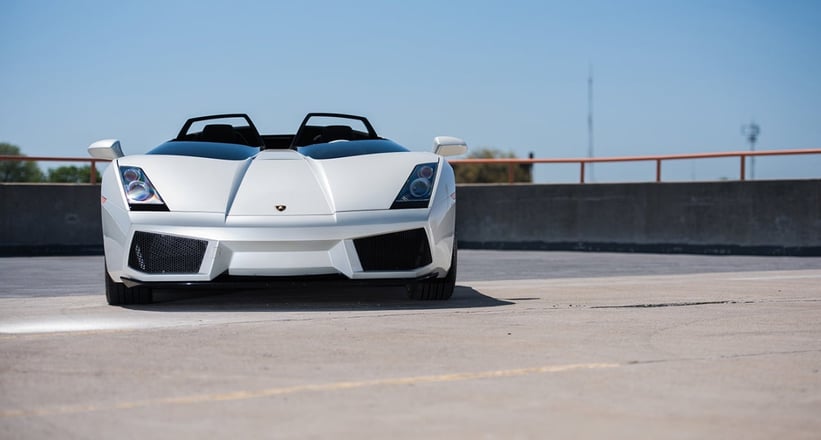
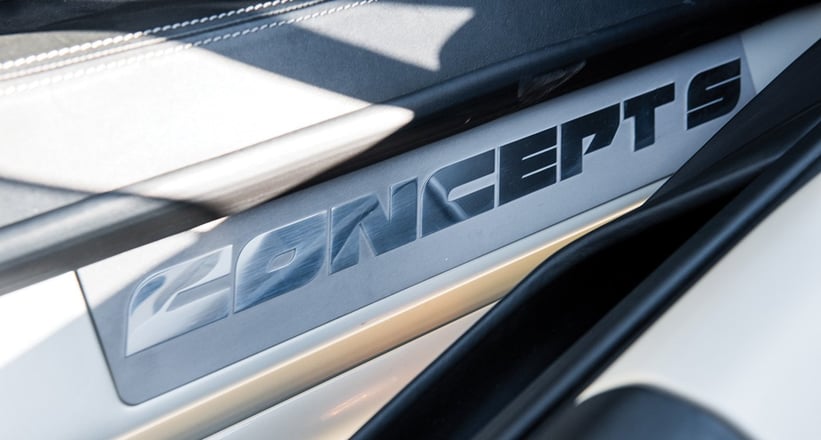
Who are your favourite car designers?
This gentleman’s name hadn’t even crossed my mind until this sale, but I find Luc Donckerwolke, who designed the Lamborghini Concept S, fascinating. He designed a car he wanted to drive, and the thing is completely wild. It’s a dual cockpit roadster of which only one was built, and it’s completely street-legal. I haven’t seen anything like that in years, and I think it pays great homage to history. The most amazing thing was that he designed it for himself. It was a glorious flash in the pan, and that was why we released it early, as it defined what Driven by Disruption is all about.
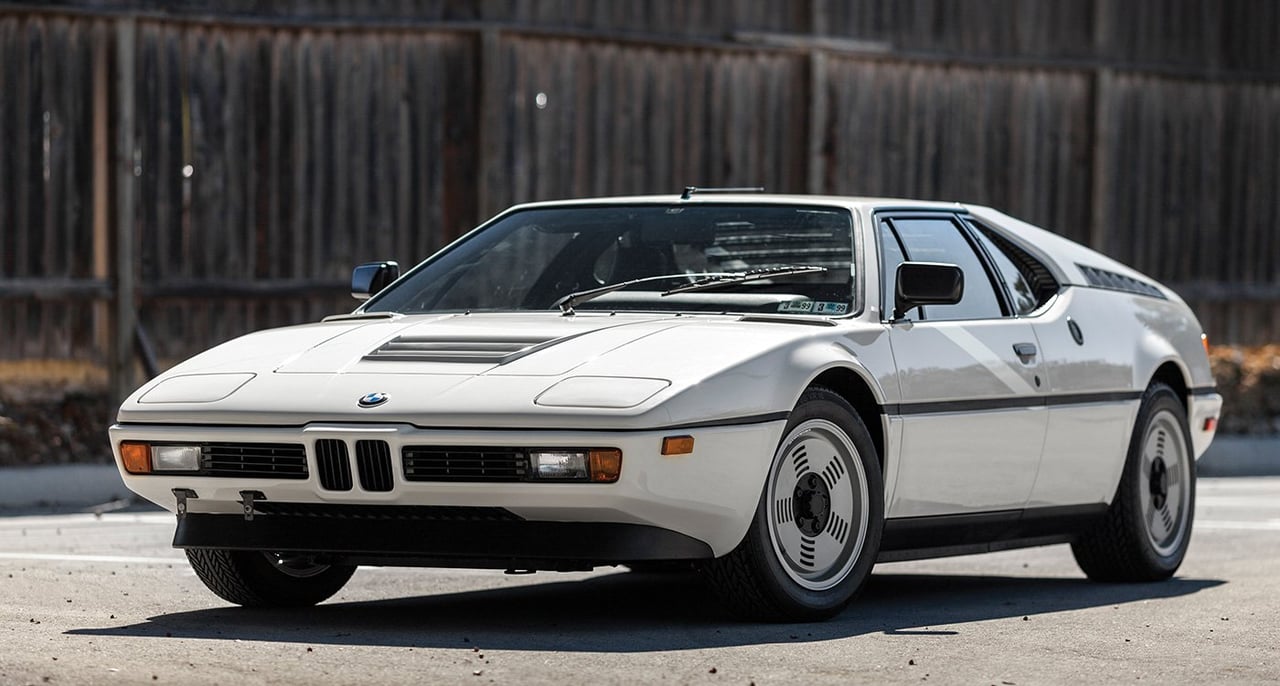
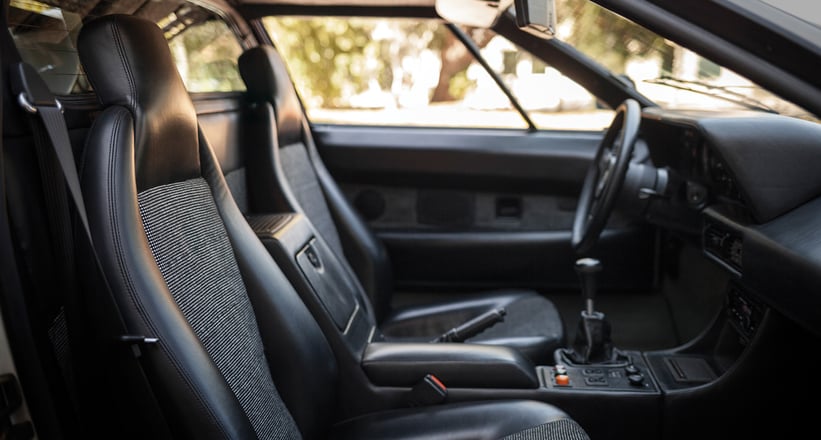
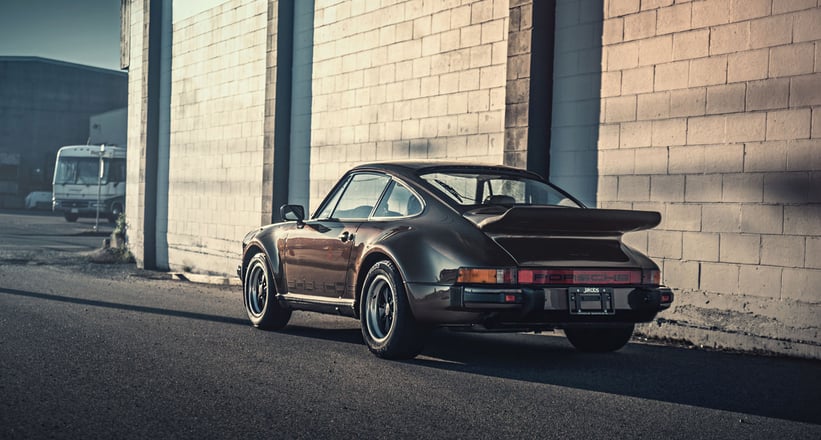
Which of the fabulous selection of cars in the catalogue best defines the Driven by Disruption theme?
The BMW M1 is a really great example. When you consider the history of the company, it made front-engined cars that were sometimes elegant and sometimes sporty. This was a complete break from tradition – a quintessentially 1980s Italian design with a mid-engine layout, that helped usher in the ‘M’ brand. There is something really disruptive about the M1.
The Porsche 911 Turbo is another. Slapping a turbocharger on a rear-engined car like the 911; it was racing technology, it was borderline dangerous, and I think that kind of grit really makes it desirable. Like anything else in this category, it’s stood the test of time. It was crazy when it came out – it was the fastest car in the world – but the engineers have been proven right, as it’s still one of the most desirable models in the world.
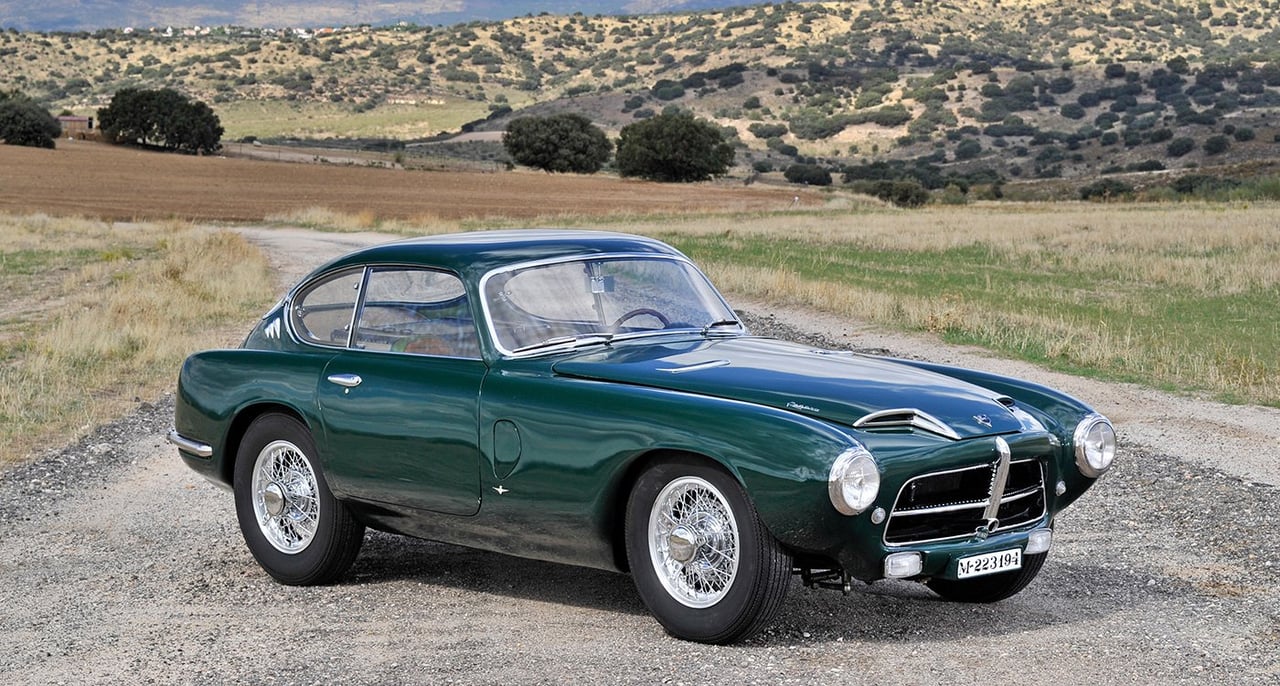
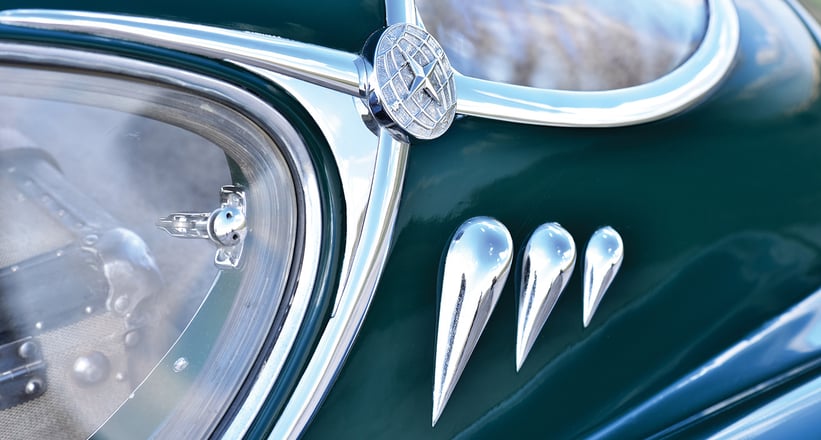
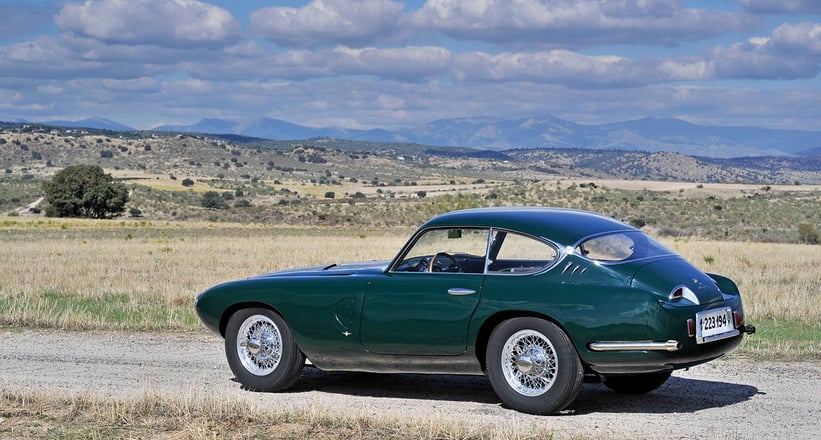
Are there any particular cars, designers or engineers who might be new to our readers?
From the sale, there’s the Pegaso Z-102. It’s interesting because it takes some guts to produce a car like that when you consider its timeframe. In 1950s post-War Spain, a time when microcars and public transport for European big-city living were coming into play, the fact that somebody produced the Pegaso in that cauldron is really astonishing. To build a sports car to go up against Ferrari at a time when it was financially ridiculous to do so is pretty amazing to me. It’s a great example of something that is lesser-known, but that really fits the bill.

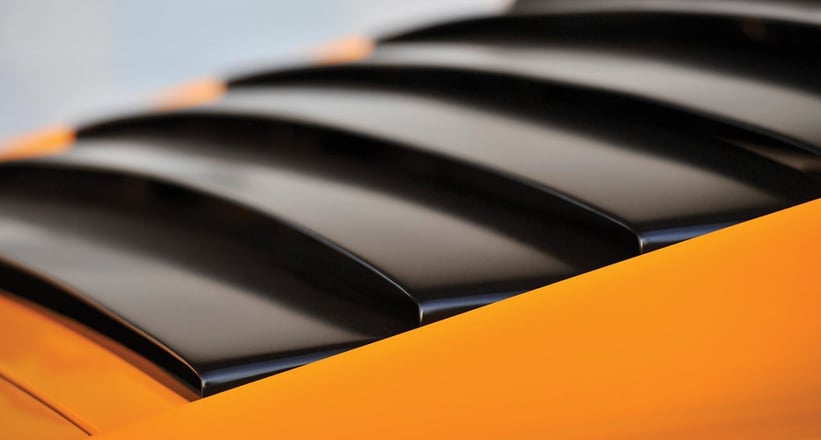
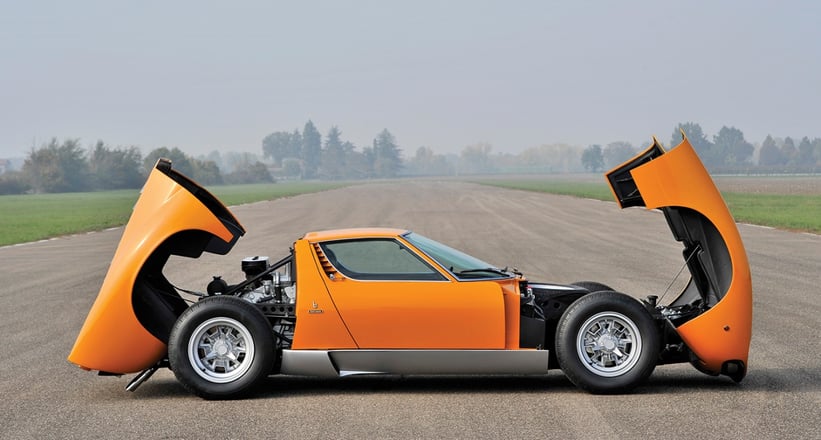
Do you think there's room to innovate to the same extent in today’s world of automotive design?
The pessimistic answer is no. But time and again designers surprise us with really wild things, and that’s not just by design, but also by performance. Just as you think it’s not possible to sprint from 0-60mph in less than three seconds, it’s now regularly achieved in 2.5 seconds. The Bugatti Veyron is a good example to prove that, despite any pessimism we might have about how restrictive the car industry is today, there are still people out there trying to shatter those restraints.
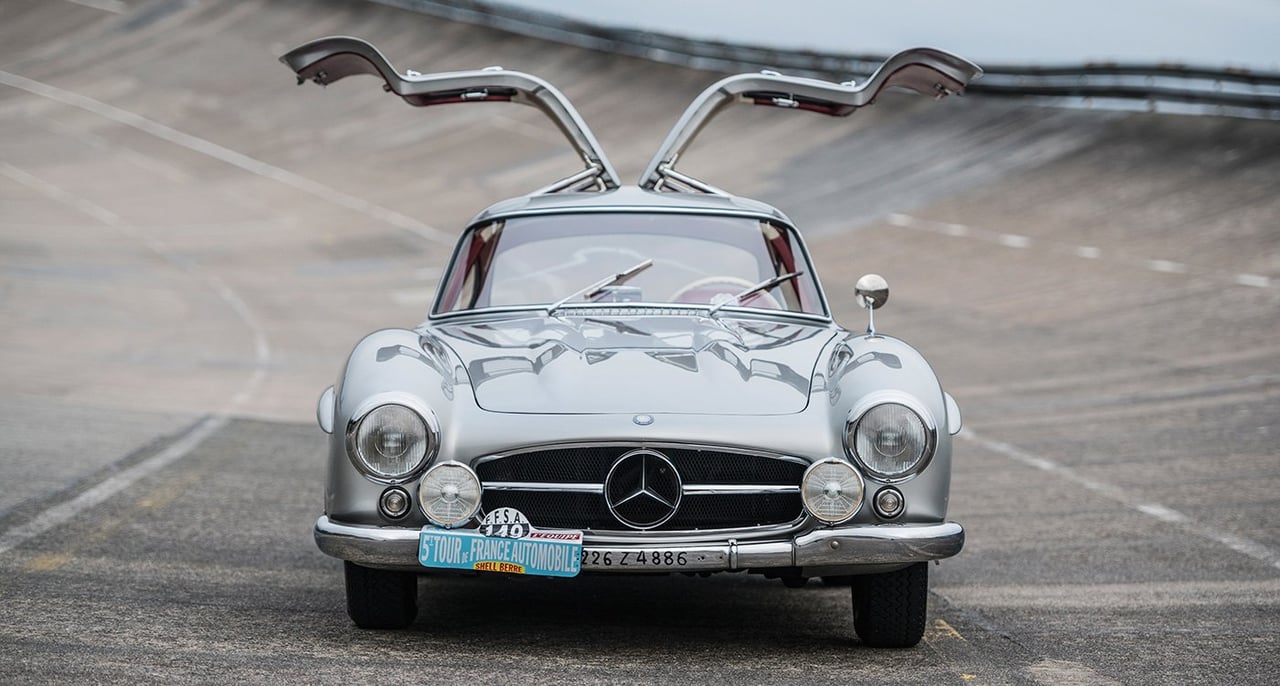
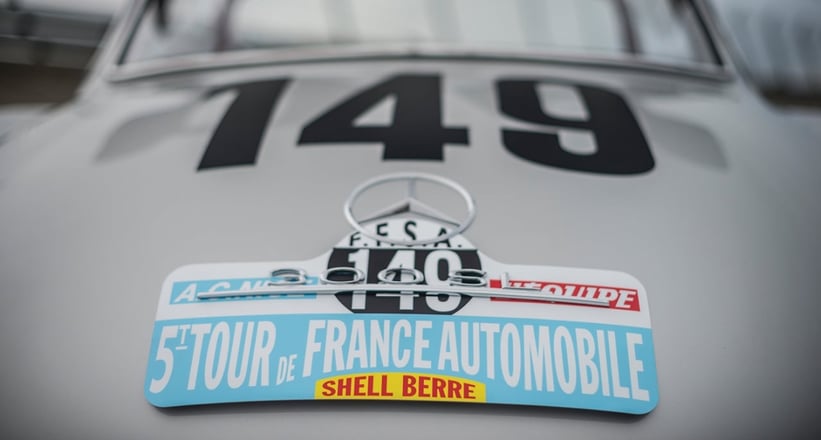
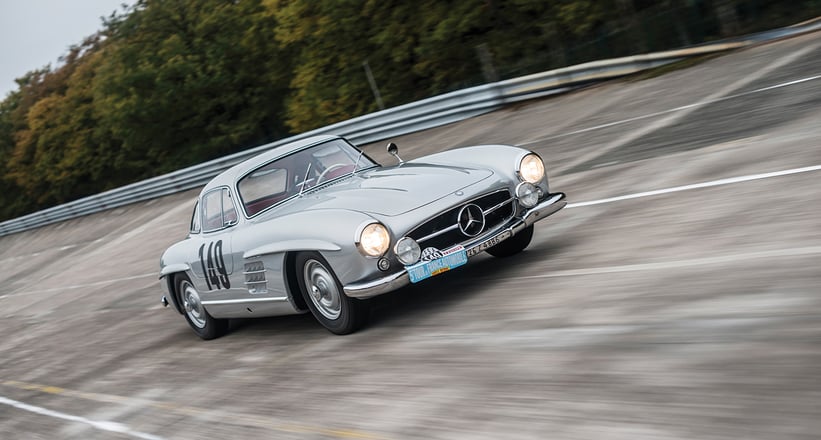
If you could drive home from the sale in one car, which would it be?
I love the Mercedes 300 SL Gullwing, and the reason I love it is because I’m very involved in the operation side of our company, and it was a later consignment that was a real delight to hear about and work on. It’s such a neat thing. It’s been off the radar for some time, and I love how unbelievably rare it is.
The alloy cars are frequently regarded as the Holy Grail, but the fact that there are four competition cars, of which only two survived, is absolutely mind-blowing. We’ve talked so much about Ferraris and how important they are to this industry, but this has to be one of the most important Mercedes-Benzes to come to auction in a very long time.
Photos courtesy of RM Sotheby’s © 2015.











































